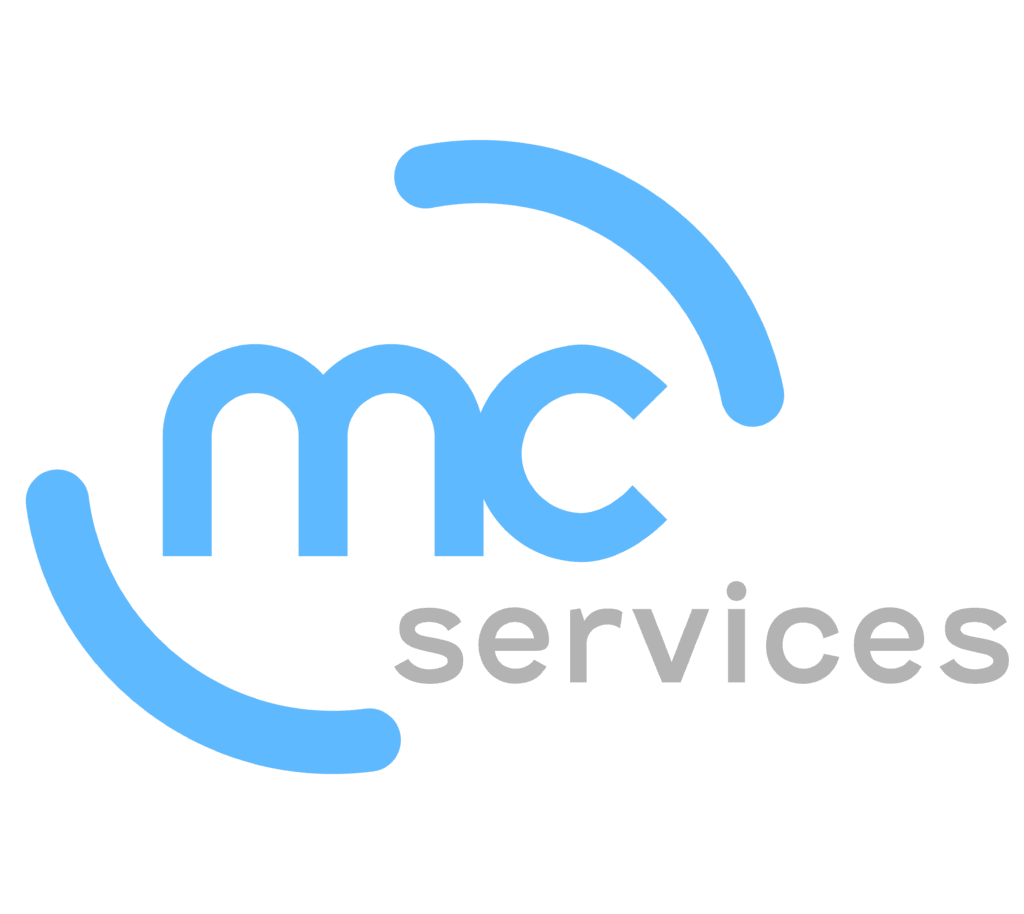Yesterday, Apple CEO Tim Cook took the stage for the keynote address of the 2014 Worldwide Developers Conference. We have already covered one of the main topics to come out of the event — OS X Yosemite, the radically redesigned computer operating system. The other big topic of discussion is iOS 8, the new version of the mobile operating system.
Unlike last year, which saw the platform receive a major design overall, this year the changes were mainly in features and development. Before we dive too deep into them, it is important to point out that some of the OS X Yosemite features we already covered affect the mobile platform. These include handoff, text and call integration, improved Spotlight, enhanced mail and the iCloud Drive.
From here, the updates are iOS only. As usual, the camera app has been upgraded. iOS 8 will add Time Lapse photography and a separate focus and exposure adjustment that provide better control over the pictures taken on the device.
Users will now be able to monitor their battery usage by application. While this is a feature that has been in Android for some time, it will be key for anyone that is looking to extend their battery life.
Other features include:
- Accessing contacts – By double tapping the home button, the most contacted people will pop as a line of icons where users can select to communicate trough call, text or FaceTime.
- Keyboard enhancements – Now supports context-sensitive predictive typing which learns how the user writes.
- iMessages – Users can now leave group texts, add location on a case-by-case basis, send audio and video messages and listen to them from the home screen.
- Family sharing – It is now easier to share calendar, photo and location information, as well as books, music and movies that are purchases with the same credit card.
- Siri – Now handles Shazam song recognition, purchased iTunes content, streaming voice recognition and has 22 new dictation languages.
Developers tools
Mobile application developers were also provided with a number of new tools to help create apps for the new operating system. The most exciting is the introduction of extensions. Apple will now allow app developers to provide extensions for iOS. This means apps can add services to other apps like using one apps photo editing software or posting items directly to Pinterest. This will be seamless and happen automatically when the new app is downloaded.
Widgets will also be available, allowing developers to create smaller versions of apps that can be added to to notification center for quick information gathering like checking an eBay auction or the latest weather. Developers can also start incorporating the Touch ID fingerprint scanner.
Apple has also two new development kits, one for Health and one for Home. The HealthKit allows developers to link applications to a central database to monitor personal health data. The HomeKit does the same only for apps that will be used to control things in the home like lights, security, outlets and more.
These updates open the door for developers to create some very interesting applications down the road. The business landscape could see the capabilities of Apple's mobile devices in the enterprise skyrocket and proper Apple support is needed to incorporate them successfully.
Check back later this week as we take a deeper look at what features were announced that are designed specifically for the enterprise.
